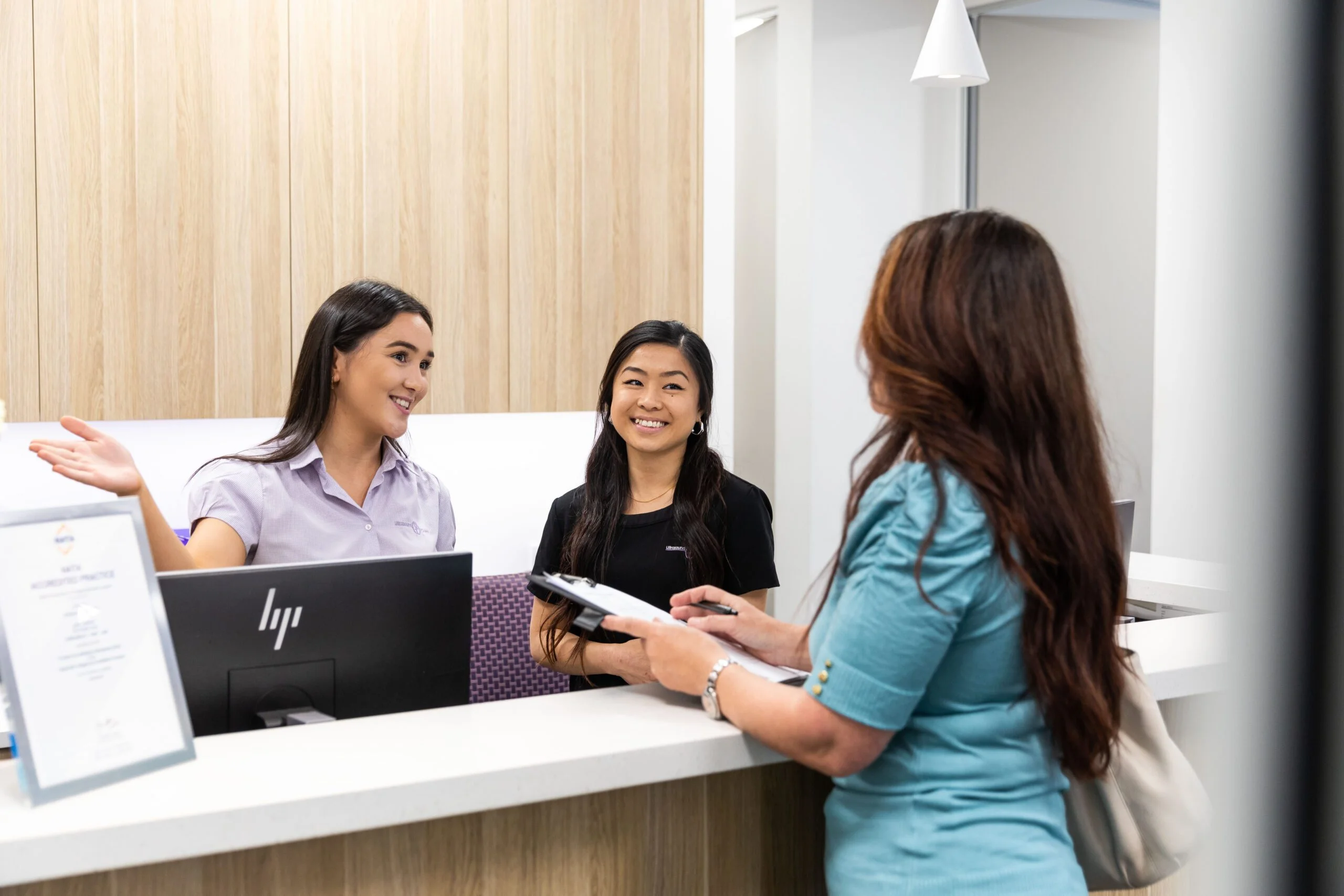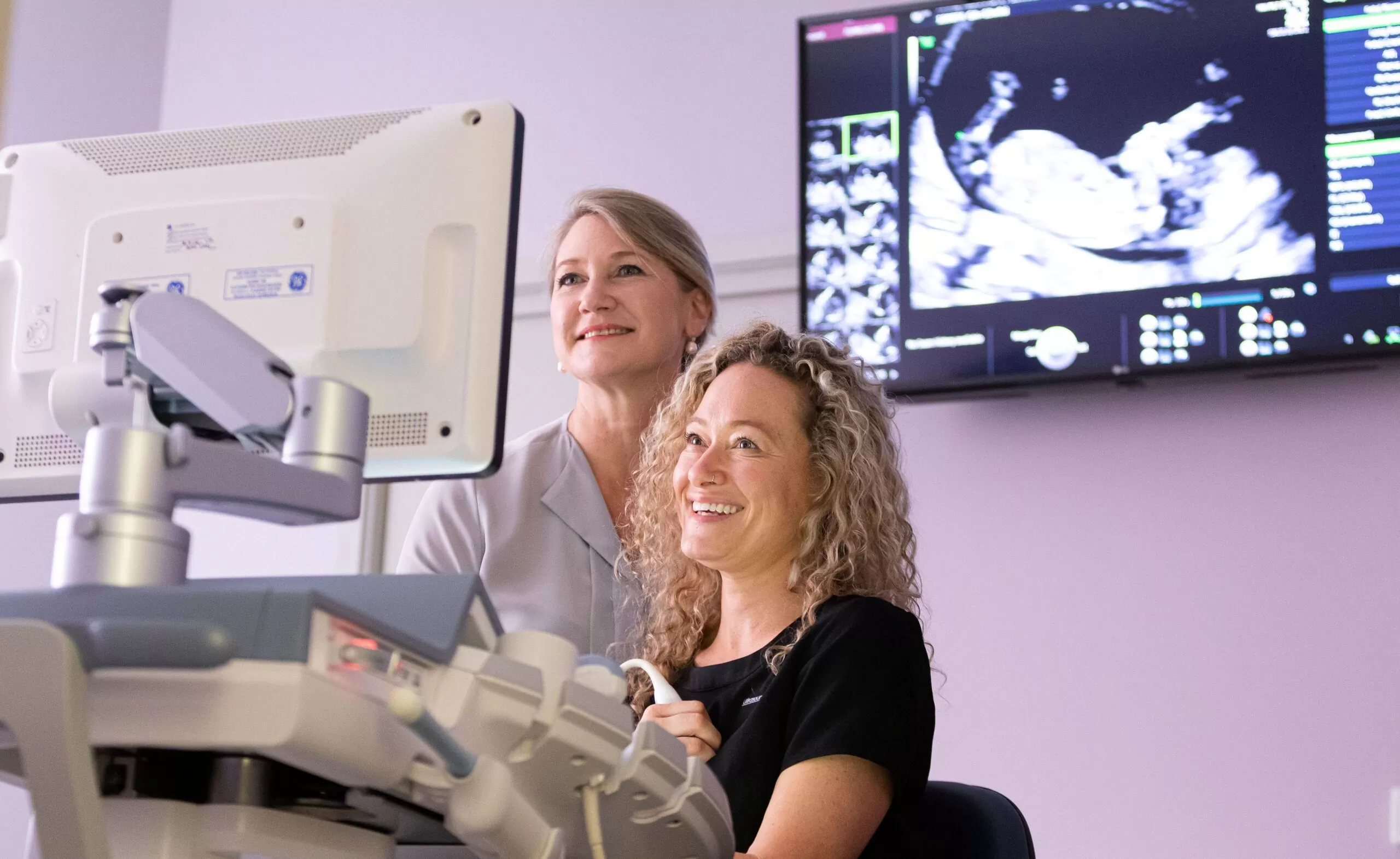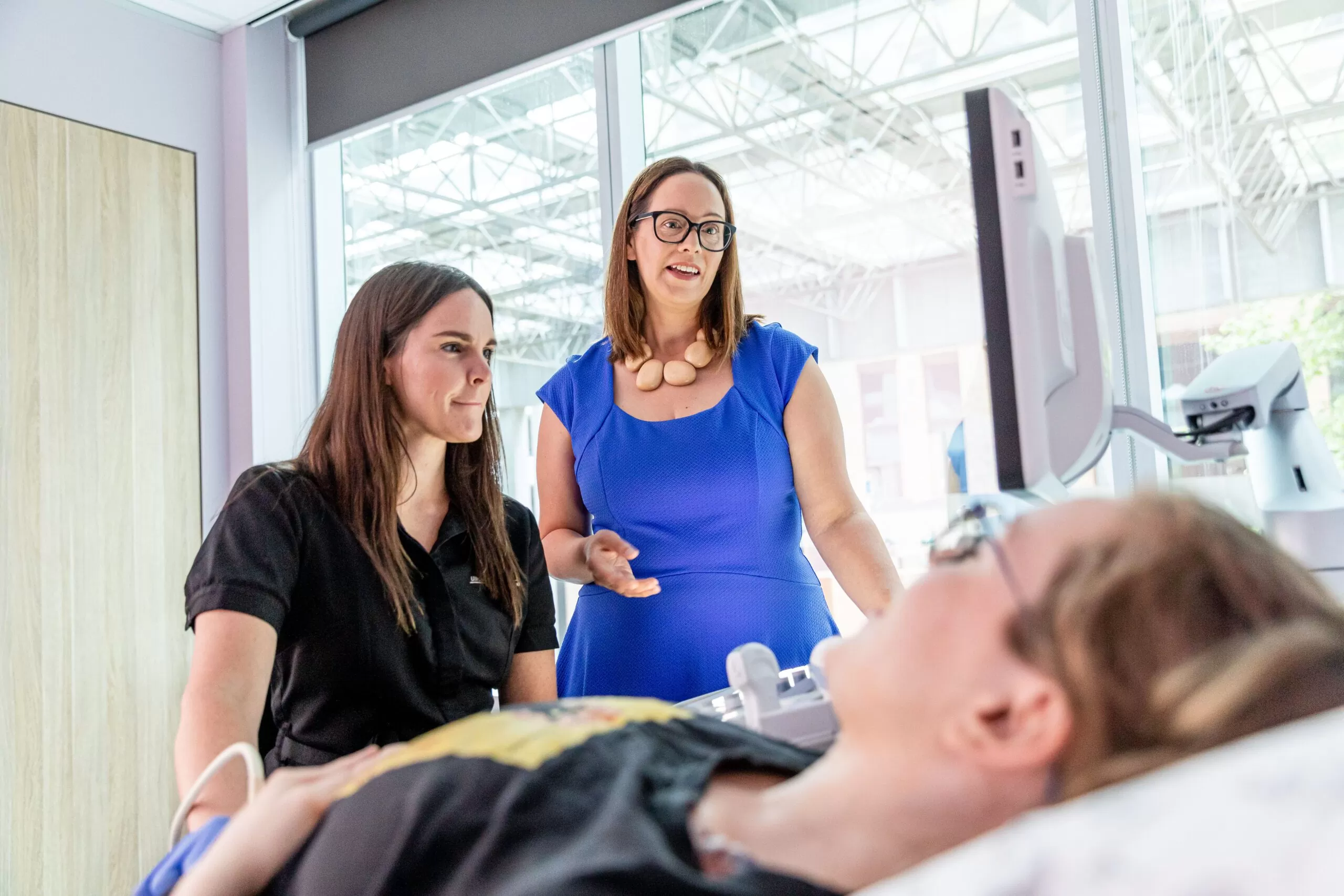Placental Location
Ultrasound Care provides placental location ultrasounds to determine the location of the placenta and its proximity to the cervix.
What is the placenta?
The placenta is the organ which transfers oxygen and nutrients from the mother’s blood into the baby’s blood. It is connected to the mother’s uterus over a wide surface area. The baby is connected to the mother’s placenta via the umbilical cord.
Why do we use placental location ultrasound?
The placenta can be situated anywhere on the surface of the uterus. The front wall is called anterior. The back wall is called posterior. The side walls are called left lateral or right lateral. The top wall is called fundal. What matters most is where the lower edge of the placenta extends because if it is too low in the uterus it can cause bleeding and prevent the descent of the fetal head during labour.
The placenta location can change during the pregnancy for a number of reasons as outlined below:
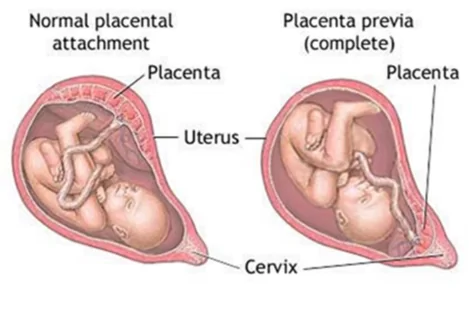
- In mid-gestation the placenta occupies 50% of the uterine surface. By 40 weeks' gestation, the placenta only occupies 17 - 25% of the uterine surface. It doesn’t shrink, but the rest of the pregnancy grows more and the uterine surface expands.
- In the third trimester the baby’s head starts to descend into the pelvis in preparation for labour. The pressure of the fetal head on the lower part of the uterus (the lower uterine segment) causes it to stretch and become thinner. The site of the placental attachment then appears to rise.
Because of these reasons many pregnancies have a low-lying placenta at 18-20 weeks gestation, but they do not have a low-lying placenta by the end of the pregnancy.
If the placenta does stay low-lying, it is called “placenta praevia”. If the placenta completely covers the cervix, then there is no way the baby can deliver vaginally without causing massive haemorrhage from the mother and the baby. In this situation Caesarean section is the only safe way to deliver the baby.
What are the risk factors for placenta praevia?
There are several factors which can increase your risk for placenta praevia. These include:
- Advanced maternal age
- Multiparity – having had more than one baby
- Prior Caesarean section
- Uterine curettage – after miscarriage or termination
- Maternal cigarette smoking
The below table shows how the risk of placenta praevia increases after previous Caesarean sections:
| Caesarean Sections | Prevalence Placenta Praevia (%) |
|---|---|
| 1 | 0.65 |
| 2 | 1.80 |
| 3 | 3.00 |
| 4 | 10.00 |
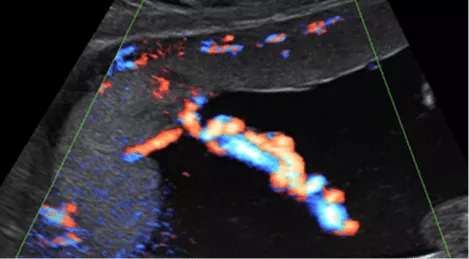
How low is too low?
There is much discussion about how far away from the cervix the placenta should be, to allow a normal vaginal birth without bleeding from mother or baby. It depends on a number of factors including:
- Whether there are fetal blood vessels below it
- The size of the baby traveling down the birth canal and how much room it needs to get past it
- Whether there has already been bleeding from the placenta
Generally speaking, if the placenta is more than 2cm from the cervix at the 18-20 week scan, it won’t be low-lying at the time of the birth and doesn’t need to be rechecked.
However, if the placenta is less than 2cm from the opening of the uterus into the cervix, which is called the internal os at the 18-20 week scan, it may still be low at the time of the birth. Therefore, many obstetricians and midwives ask for it to be re-checked in the third trimester.
Please be assured, there is no need to worry unduly about this finding as about 10-15% of placentas are low-lying at the 18-20 week scan, but only 0.5% are still low-lying by full term.
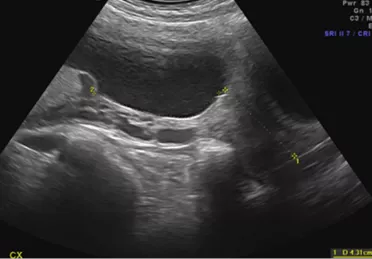
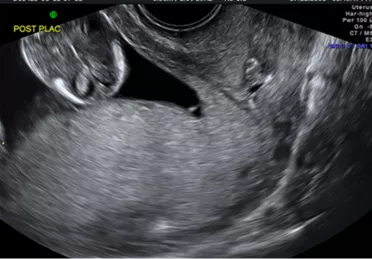
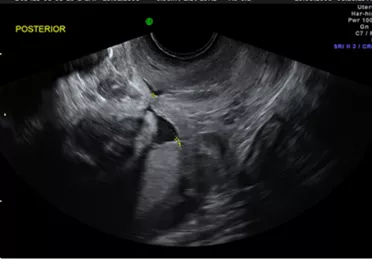
How do I arrange for a placental location scan?
Ultrasound Care’s experienced team of specialist obstetricians and sonographers perform placental location ultrasounds in 8 different locations. To arrange for your placental location scan, please call an Ultrasound Care practice that is the most convenient for you, we have locations all around Sydney.


